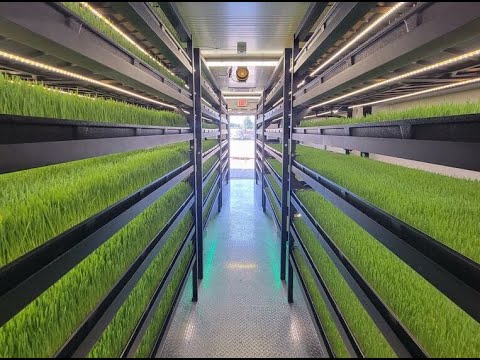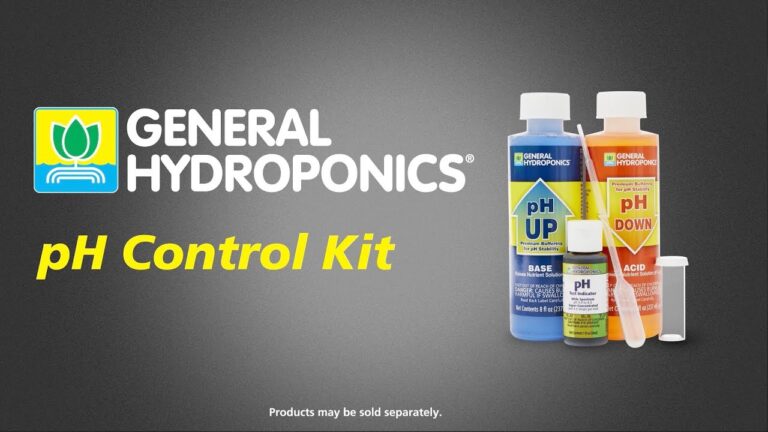Greensand Mastery: Super Enhancing Garden Soil with Potent Minerals
Table of Contents
Benefits of Using Greensand in Garden Soil
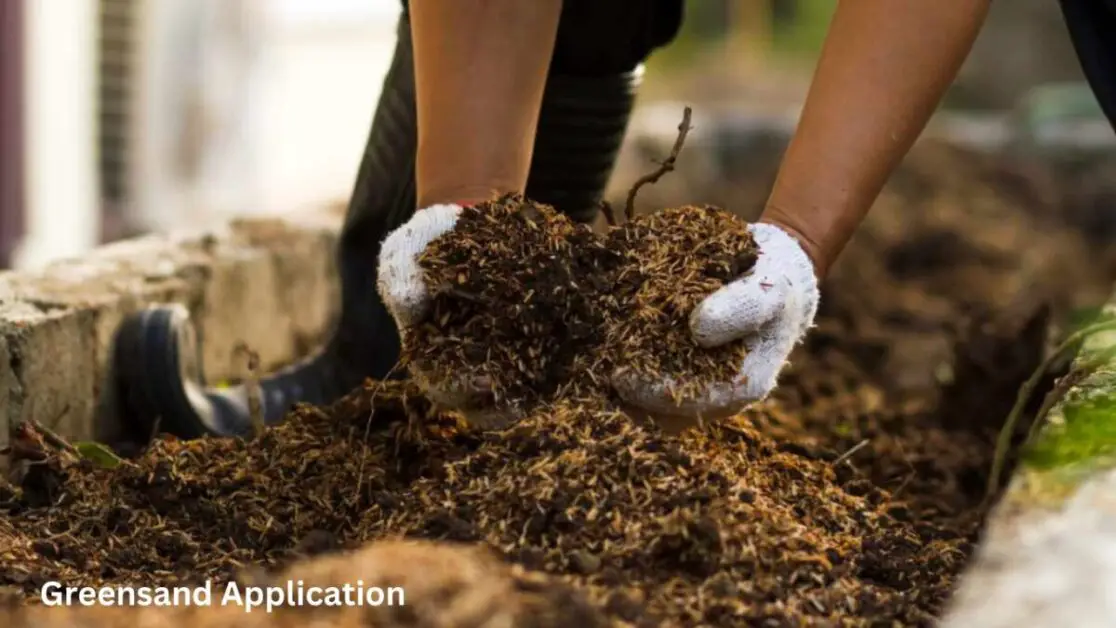
Greensand, a natural mineral harvested from ancient ocean floors, offers a multitude of benefits when incorporated into garden soil. One key advantage of using it is its rich source of essential plant nutrients such as potassium, iron, and numerous trace minerals. These nutrients play a crucial role in supporting robust plant growth and overall health. Additionally, greensand helps to improve soil structure by increasing its ability to retain moisture and nutrients, creating a more favorable environment for plant root development.
Furthermore, greensand acts as a slow-release fertilizer, providing a steady supply of nutrients to plants over an extended period. This gradual nutrient release not only promotes sustainable growth but also reduces the risk of nutrient leaching, ultimately benefiting both the plants and the surrounding ecosystem. By enhancing soil fertility and structure, it contributes to the long-term health and productivity of garden plants, making it a valuable addition to any gardening regimen.
Understanding the Composition
Greensand, a popular soil amendment in gardening, is primarily composed of glauconite, a green mineral that is rich in potassium, iron, aluminum, and a variety of trace minerals. Glauconite’s unique structure allows it to hold onto moisture and nutrients, making it a valuable addition to garden soils. In addition to these essential minerals, it may also contain small amounts of quartz, feldspar, and other minerals depending on its source and composition.
The mineral composition of greensand plays a crucial role in its ability to improve soil structure and fertility. The slow-release nature of the nutrients found in greensand makes it a sustainable and long-lasting option for enriching garden soils. By providing a steady supply of potassium and other minerals, it can help promote healthy plant growth and improve overall soil health over time. Its high porosity also aids in enhancing soil aeration and drainage, creating a conducive environment for plant roots to thrive and develop effectively.
How Greensand Improves Soil Structure
Greensand is a valuable natural mineral known for its ability to improve soil structure in gardens. By incorporating it into your garden soil, you can enhance its texture and porosity, allowing for better aeration and water drainage. The fine particles of it help to loosen compacted soil, creating a more welcoming environment for plant roots to grow and spread. This improved soil structure also promotes the circulation of essential nutrients, aiding in the overall health and vitality of your garden plants.
Furthermore, greensand contains a variety of trace minerals such as iron, potassium, and magnesium, which contribute to the enhancement of soil structure. These minerals help to balance soil pH levels and facilitate the uptake of nutrients by plants, promoting healthier growth and improved yields. The incorporation of greensand into your garden soil can lead to long-lasting benefits, ensuring that your plants have the optimal conditions they need to thrive and flourish.
The Role of it in Nutrient Absorption
Greensand plays a crucial role in enhancing the nutrient absorption capacity of garden soil. Its unique composition, rich in minerals like iron, magnesium, and potassium, promotes better uptake of essential nutrients by plant roots. This improved absorption leads to healthier and more vigorous plant growth, ultimately resulting in better yields for gardeners. Research has shown that it’s ability to boost nutrient uptake can have a significant positive impact on overall plant health and productivity.
Furthermore, greensand’s high cation exchange capacity (CEC) allows it to attract and hold onto nutrients in the soil, preventing them from leaching away. This means that vital nutrients like nitrogen, phosphorus, and calcium remain available for plant roots to access when needed, promoting sustained growth and development. By helping to retain essential elements within the root zone, greensand contributes to a more stable and nutrient-rich environment for plants, supporting their long-term health and vitality.
Tips for Properly Applying Greensand in Your Garden
When applying it in your garden, it’s essential to ensure even distribution to maximize its benefits. Start by calculating the amount of greensand needed based on your soil’s pH level and composition. A general rule of thumb is to apply around 30 to 50 pounds per 1,000 square feet of soil. Spread the it evenly across the soil surface and then gently incorporate it into the top few inches of the soil using a rake or garden hoe.
Watering the soil after applying it is crucial to help it integrate and start working its magic. Make sure to water thoroughly but avoid over-saturating the soil. This allows the greensand to begin releasing its nutrients and minerals slowly into the soil, promoting healthy plant growth over time. Additionally, applying it in the spring or fall allows it to work its way into the soil before the growing season, providing optimal benefits for your plants.
Common Mistakes to Avoid When Using Greensand
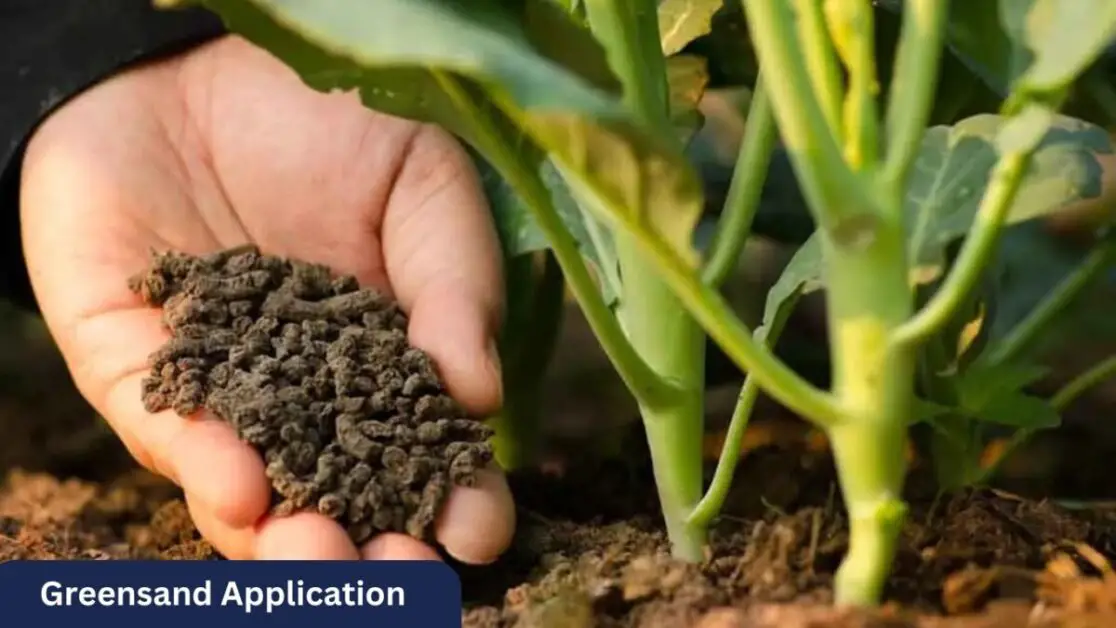
When using greensand in your garden, there are some common mistakes that you should avoid to ensure optimal results. One mistake is applying greensand in excessive amounts. While it is a beneficial soil amendment, using too much can lead to nutrient imbalances in the soil, which may harm your plants rather than benefit them. It’s important to follow the recommended application rates based on your soil type and the specific needs of your plants.
Another common mistake to avoid is neglecting to mix greensand thoroughly into the soil. Simply sprinkling greensand on top of the soil may not allow for proper integration, limiting its effectiveness. To ensure even distribution and maximum benefit, make sure to incorporate greensand into the soil thoroughly when applying it. This will help the it interact with the soil components and enhance its ability to improve soil structure and nutrient absorption.
How Greensand Helps with Water Retention in Soil
Greensand is renowned for its ability to enhance water retention in soil, making it a valuable addition to any garden. Due to its unique composition, it acts as a sponge, efficiently holding onto moisture and ensuring a more stable environment for plant roots. This increased water-holding capacity is particularly beneficial during dry spells or in sandy soils where water tends to drain quickly, helping to sustain plant growth and vitality.
Furthermore, the presence of glauconite in it contributes to its water retention properties by promoting a more balanced soil structure. As glauconite particles interact with water molecules, they form a gel-like substance that aids in moisture retention. This mechanism not only prevents water runoff but also facilitates the gradual release of water to plant roots, sustaining hydration levels and minimizing water stress for plants. By fostering a well-moistened soil environment, it fosters healthy root development and overall plant resilience to varying moisture conditions.
Choosing the Right Type of Greensand for Your Garden
When selecting the right type of greensand for your garden, it is important to consider the specific needs of your soil and plants. Greensand is available in different forms, each with its own composition and benefits.
One popular option is glauconite greensand, known for its high levels of potassium and iron, which can promote root development and overall plant health. On the other hand, silicate it contains significant amounts of silica, beneficial for strengthening plant cell walls and enhancing disease resistance. Understanding the unique properties of each type can help you choose the most suitable it for optimizing the growth and vitality of your garden.
The Environmental Benefits of Using it
Greensand, a natural mineral sourced from ocean deposits, offers a range of environmental benefits when used in garden soil. One key advantage is its ability to improve soil structure, promoting better aeration and drainage. This, in turn, reduces the likelihood of soil erosion and compaction, thereby supporting healthier plant growth. Additionally, it helps with water retention in soil, which is crucial for sustaining plant life, especially during dry spells. By enhancing the soil’s water-holding capacity, it contributes to water conservation efforts and reduces the need for frequent irrigation, thereby conserving this precious resource.
Furthermore, the use of it in gardening can also play a role in mitigating environmental pollution. it assists in nutrient absorption by plants, which can help minimize the leaching of fertilizers and other chemicals into groundwater systems. This not only protects water quality but also reduces the risk of nutrient runoff into surrounding ecosystems, thereby safeguarding aquatic habitats from potential harm. Overall, the environmentally friendly properties of it make it a valuable ally in sustainable gardening practices that aim to preserve and protect our natural surroundings.
How it Affects Soil pH Levels
it is a highly beneficial soil amendment that not only enhances soil structure and nutrient absorption but also plays a crucial role in regulating soil pH levels. When it is incorporated into the soil, it helps to slightly raise the pH level over time, making it more alkaline. This is particularly advantageous for acidic soils that may hinder plant growth and nutrient uptake.
Maintaining the optimal pH level in the soil is essential for ensuring that plants can access essential nutrients for healthy growth. Greensand’s ability to raise the pH level can be especially beneficial for plants that thrive in slightly alkaline conditions. By using greensand strategically in your garden, you can create a more hospitable environment for a wide range of plants, promoting their overall well-being and productivity.
Incorporating Greensand into Your Garden’s Fertilization Plan
Incorporating greensand into your garden’s fertilization plan can greatly benefit your plants and soil health. Greensand is a natural mineral that is rich in potassium, iron, and other essential nutrients that plants need to thrive. By adding it to your fertilization routine, you can provide a slow-release source of these nutrients to your plants over time, promoting steady and healthy growth.
When incorporating greensand into your fertilization plan, it is important to consider the specific needs of your plants and soil. it is known for its ability to improve soil structure, enhance nutrient absorption, and aid in water retention. By strategically integrating it into your garden care regimen, you can ensure that your plants receive the necessary nutrients and support for optimal growth and productivity.
The Long-Term Impact of Greensand on Soil Health
Greensand, a natural mineral rich in marine-derived nutrients, can have a lasting positive impact on soil health when incorporated into gardening practices. Over time, the slow-release properties of it contribute to the gradual improvement of soil structure and fertility. This gradual process helps to sustainably enhance the health of the soil ecosystem, fostering a more beneficial environment for plant growth and development.
Furthermore, the long-term application of greensand aids in replenishing essential micronutrients within the soil, promoting the overall vitality and resilience of plants. By consistently providing key minerals to the soil profile, greensand supports the longevity of soil health and productivity. This sustained benefit underscores the importance of incorporating it into gardening routines to maximize soil health and plant growth over an extended period.
Combining it with Other Soil Amendments for Maximum Benefits
When it comes to maximizing the benefits of it in your garden soil, combining it with other soil amendments can further enhance the overall soil health and plant growth. By incorporating it with compost, vermicompost, or other organic matter, you can create a well-rounded soil environment that promotes better nutrient uptake and root development.
Additionally, pairing it with other amendments such as bone meal, rock phosphate, or kelp meal can provide a diverse array of nutrients essential for plant growth. Each amendment contributes different elements to the soil, creating a balanced and nutrient-rich medium for your plants to thrive in. Experimenting with different combinations and adjusting them based on your specific plant needs can lead to optimal results in your garden.
Addressing Concerns About Heavy Metals in Greensand
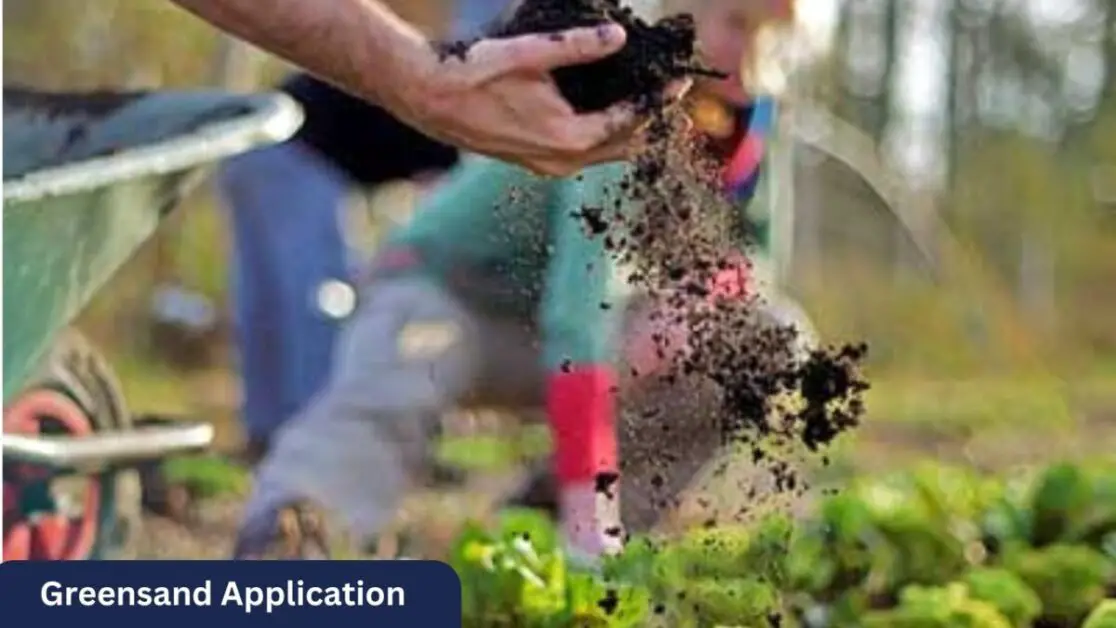
Concerns about heavy metals in it is a valid point of discussion for gardeners looking to incorporate this soil amendment into their gardening practices. A natural mineral sourced from ancient sea deposits, contains varying levels of trace elements, including heavy metals such as arsenic, lead, and cadmium. While these metals occur naturally in the environment, their presence in it has raised questions about potential risks to soil health and plant growth.
However, it’s essential to note that the concentration of heavy metals in it is generally low and well below levels that would pose a significant threat to plants or humans. Studies have shown that the bioavailability of these metals in it is limited, meaning that they are less likely to be taken up by plants and accumulate in edible parts. Furthermore, the slow-release nature of nutrients and minerals in it allows for gradual uptake by plants, reducing the risk of toxicity from heavy metals. Gardeners can take additional precautions by ensuring they source high-quality it from reputable suppliers and following recommended application rates to minimize any potential risks associated with heavy metals.
here’s a simple table outlining the application of it for enhancing garden soil:
| Aspect | Description |
|---|---|
| What is Greensand? | A naturally occurring mineral derived from ocean deposits rich in glauconite, potassium, iron, and other trace minerals. |
| Soil Improvement | it helps improve soil structure, aeration, and drainage due to its granular nature. |
| Nutrient Content | Rich in potassium and other trace minerals, greensand provides essential nutrients for plant growth and development. |
| pH Adjustment | It is slightly alkaline, which can help balance acidic soils over time. However, it’s not a quick fix for pH adjustment. |
| Application Rate | Typically applied at a rate of 5 to 10 pounds per 100 square feet, mixed into the soil before planting or as a top dressing. |
| Timing | Best applied in early spring or fall to allow nutrients to integrate into the soil before planting seasons. |
| Plant Compatibility | Suitable for a wide range of plants, especially those that benefit from potassium and trace minerals, like tomatoes, peppers, and root crops. |
| Environmental Impact | Considered environmentally friendly and sustainable, as it’s a natural mineral product mined with minimal processing. |
This table provides a brief overview of the application and benefits of it in enhancing garden soil.
Case Studies of Successful Greensand Application in Gardens
Case Study 1: In a botanical garden in the Midwest, it was applied to the soil in the spring before planting a variety of vegetables. The results were remarkable, with increased soil structure and improved water retention. The plants showed vibrant growth and strong root development, leading to higher yields at the end of the season. The gardener noted that it played a crucial role in creating an optimal growing environment for the crops.
Case Study 2: A commercial flower farm on the West Coast incorporated it into their soil preparation regimen for a new crop of roses. The addition of greensand helped balance the pH levels of the soil, creating a more favorable growing condition for the delicate flowers. The farm reported a reduction in nutrient deficiencies and improved overall plant health. The roses produced larger blooms with richer colors, showcasing the positive impact of greensand on enhancing soil quality and plant vitality.
Can greensand be used in organic gardening?
Yes, greensand is a natural mineral product that is approved for use in organic gardening. It is a great option for improving soil health without the use of synthetic chemicals.
How long does it take to see results from using it in the garden?
The effects of greensand on soil health and plant growth may not be immediately noticeable. It can take several months for the minerals in greensand to become available to plants, so be patient and continue to monitor the health of your garden over time.
Is it safe for use around children and pets?
It is generally considered safe for use in gardens, but it is always a good idea to keep children and pets away from the area where it has been applied until it has been thoroughly incorporated into the soil.
Can greensand be used in container gardening?
Greensand can be used in container gardening, but keep in mind that it is a slow-release mineral product that may take longer to have an impact in containers compared to in-ground gardens. Be sure to mix it thoroughly into the potting mix.
How often should greensand be applied to the garden?
Greensand can be applied to the garden once or twice a year, depending on the needs of your soil and plants. It is best to conduct soil tests periodically to determine if additional applications are necessary.





